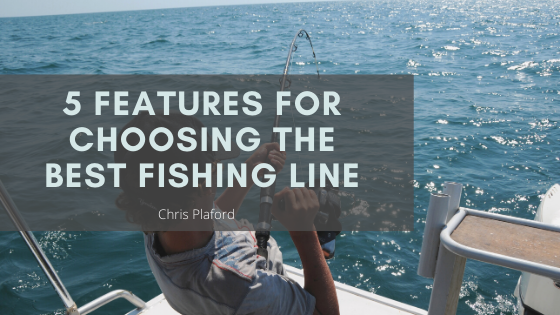Using the right fishing line means the difference between having a great day and going home with only stories to tell your friends. Here are five considerations for choosing the best fishing line for your angling.
Style
Fishing lines are available in several types of material. Monofilament is manufactured as a single smooth strand, and you can find it in many colors and clear. It has a fair amount of stretch. The next level of fishing line is a thermal filament comprised of multiple strands that are bonded with heat. For larger fish, a braided line is the best option.
Strength
When you choose the best fishing line, you will see a note about the specific strength of the product called the “test”. The measurement is in pounds, and you should use a line test that closes matches the type of fish. Ask your local bait shop if needed. If you aren’t sure, always go with a lower strength that is lighter in weight. This will make casting and reeling in the big catch easier.
Material
Fishing line is made with many material types, such as Dyneema, nylon, Dacron, and Spectra. Nylon is the oldest of these materials, and it is considered an excellent general fishing line. Dacron offers similar flexibility and strength but has minimal stretching. Dyneema and Spectra are the newest options for the best fishing line. These are solid, lightweight materials.
Stretch
A fishing line with less stretch makes it easier for you to tell when a fish hits the bait or lure. Some stretch on the line is desirable in certain situations. Stretch allows for some recoil when hooking salmon and other fish that tend to have softer mouths. If you use a fishing line with too little give, you risk the hook will not set properly.
Memory
Some types of fishing lines have memory that allows the line to maintain shape after leaving the reel. This results in loops across the water and when you are casting. Less memory means that the line will feed from the reel in a straight line, producing less knots and tangles.
